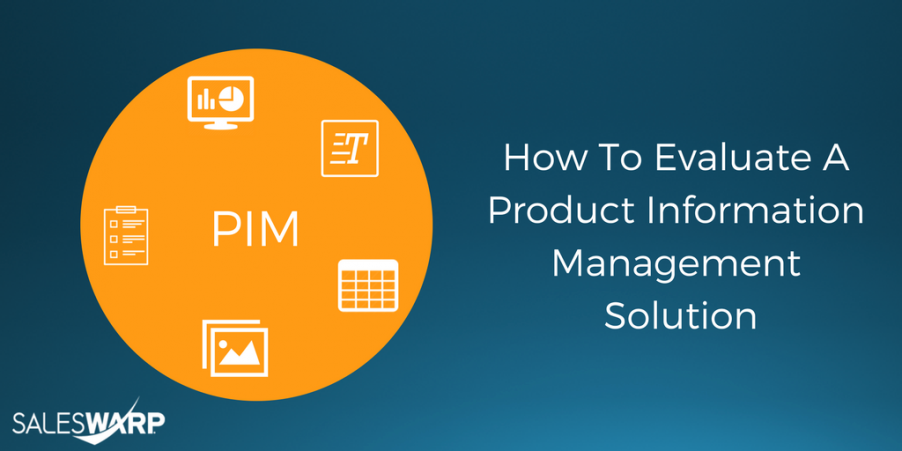What Retailers Need To Look For In A Product Information Management (PIM) Solution
Managing product and inventory data can get messy when selling on multiple channels. There’s data that comes from merchandise planning, your various suppliers, sales channels, forecasting, and kit building, and if you’re manufacturing your products in-house, there’s work-in-process data too.
Eventually, all of this data (most likely stored in a spreadsheet) gets imported into your inventory management system, which may or may not have the ability to hold all of the product-related data required for your online sales channels.
So, you build macros and scripts and processes, (oh, my!) to slice, dice, break out, summarize and format your data for your various selling channels. With data coming from multiple sources, there are numerous opportunities for errors and missing products entirely.
Disparities of product data between multiple channels could lead to a difficult shopping experience, resulting in a poor impression of the retail brand among customers and hinder the implementation of new sales avenues. With better product information management (PIM) software, retailers can quickly and seamlessly create a single source of data to ensure a consistent shopping experience across multiple channels. In this article, we’ve outlined some of the most critical features retailers need to look for in a PIM solution, and how they can benefit their business.
Categories and Attribute Management Tools
A PIM solution that allows for unlimited categorization to organize your products and merchandise on your online channels is a must. Utilizing these categories and subcategories allows you to publish and manage product listings efficiently, while also making it easier for your customers to find the products they’re looking to purchase.
The same goes for product attributes – having the ability to create custom product attributes specific to your industry or product types is a critical feature for achieving better product management. Utilizing these additional product fields will help your products rise to the top when competing with other sellers that only use the most basic product information.
Kits and Configurable Product Management
Kits and configurable products are an important promotional tool retailers use to drive revenue by offloading slow-moving inventory and freeing up warehouse space. However, a PIM solution that provides a single view of product data is essential to support these bundles. Similar to cross-selling and up-selling, examining a single view of product data helps retailers identify additional selling opportunities, and group products together into a bundle. With the right product management software, retailers have the ability to classify kits as one purchase, which can help with merchandising and tracking efforts.
Product Sync Tools
A PIM with advanced product sync tools makes publishing unique product information on multiple channels a breeze.
In addition to the product listings on Amazon by ASIN, consider creating your own unique listings for items. For many retail products, it is easier to connect to an existing listing on Amazon. However, you are not able to export this data out of Amazon, specifically, images and UPCs.
If you create your own listings, use your own images, and gather your own UPC information and store it in your PIM, that data is available to push out to all of your marketplaces and eCommerce platforms. Creating your own listings requires some extra work in the beginning, however, providing consistent product information creates a seamless brand image, resulting in a better shopping experience for your customers.
Product sync tools are also critical to ensure consistent pricing across various channels. Pricing can constantly fluctuate. It can change based on a promotion, a bundle, demand, by store, or based on competitors. Whether retailers are simply setting baselines or are trying to execute cross-channel promotions, prices need to be consistent or else they risk confusing the customer.
Product management software can go a long way to facilitate this effort by consolidating product information in one central location. Establishing prices within the PIM system allows retailers to easily push pricing information to all the different channels through which they are selling. This feature helps merchants set prices across products, categories, or entire catalogs for every store. This feature can be beneficial to customers as well, like giving them the ability to price-match Amazon, for example.
When evaluating different PIM systems, make sure to look for features that help you provide full, rich product data to include on all of your storefronts and marketplaces. This rich product data makes for a more convenient and seamless shopping experience for your customers, which will keep them coming back.

